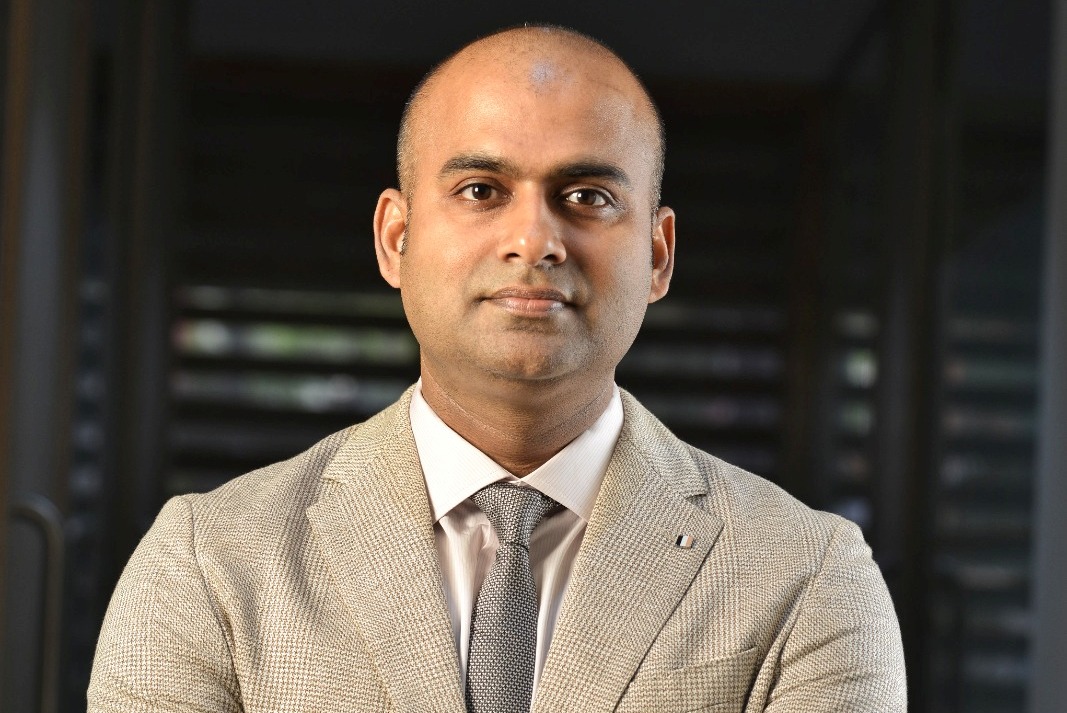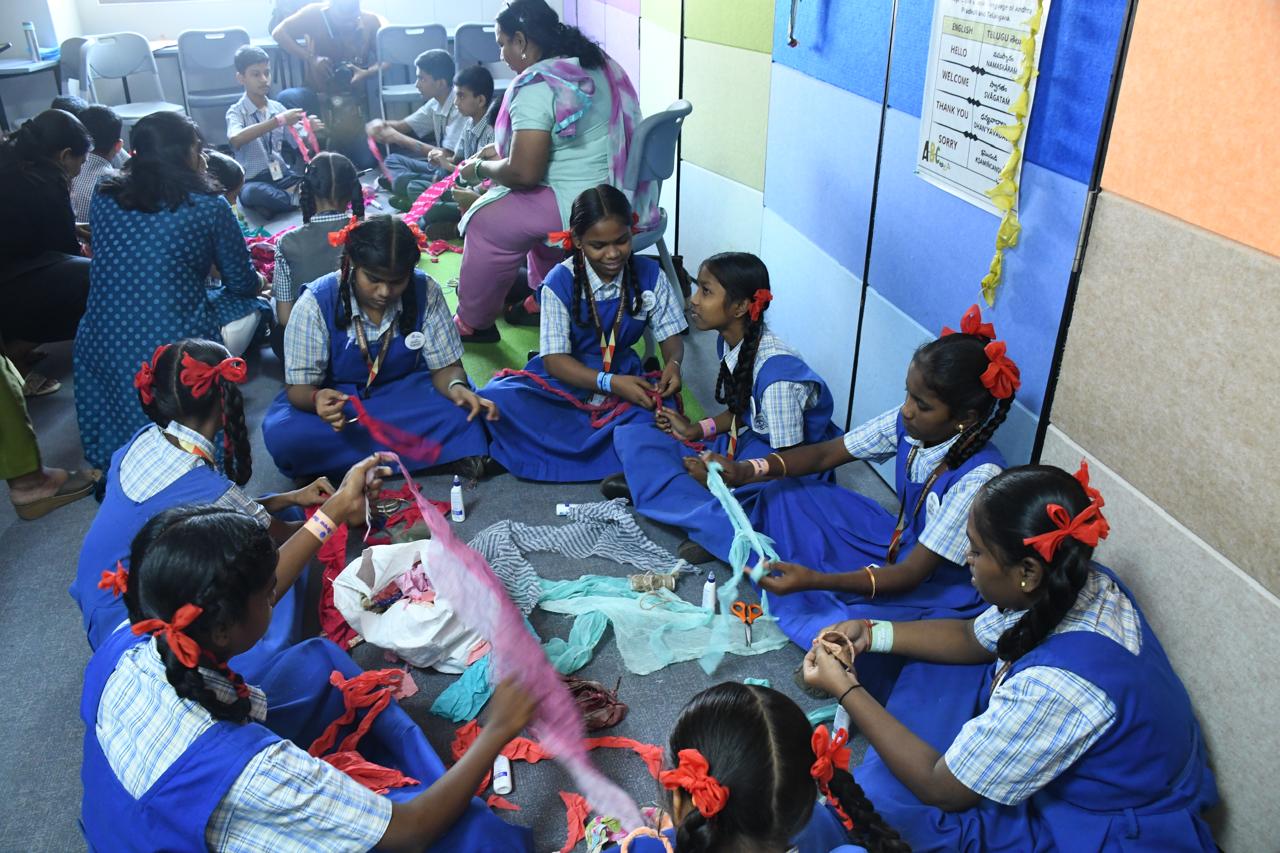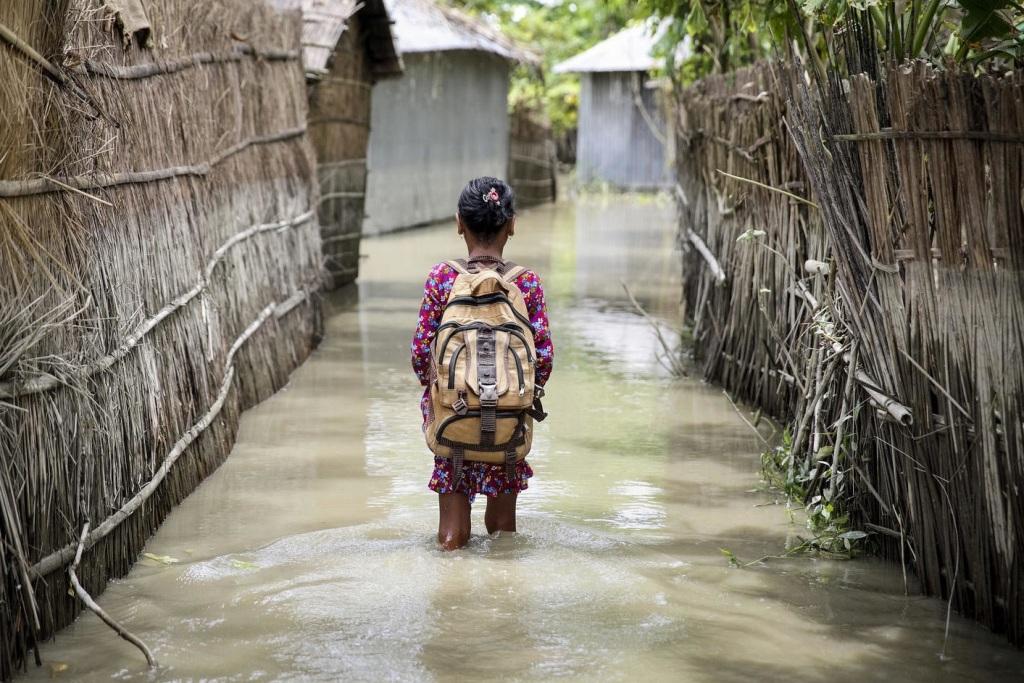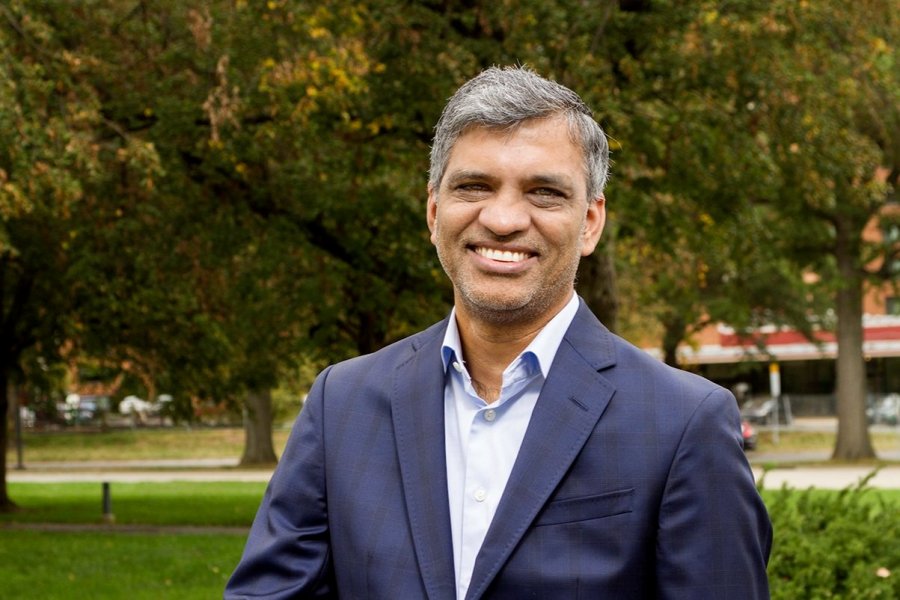 Dr. Subramanya Kusnur, Founder Chairman & CEO at AquaKraft Group Ventures and a leading water sustainability expert, paints a stark picture of Bengaluru's water crisis. Despite warnings issued years ago, the city's unchecked growth, unsustainable water consumption, and neglect of natural resources have created a ticking time bomb. This article delves into the root causes of this crisis, exposing the mismanagement, over-extraction, and pollution that threaten the city's future. Understanding these critical issues is the first step towards finding sustainable solutions. Read the full article for a deeper analysis of Bengaluru's water woes.
Dr. Subramanya Kusnur, Founder Chairman & CEO at AquaKraft Group Ventures and a leading water sustainability expert, paints a stark picture of Bengaluru's water crisis. Despite warnings issued years ago, the city's unchecked growth, unsustainable water consumption, and neglect of natural resources have created a ticking time bomb. This article delves into the root causes of this crisis, exposing the mismanagement, over-extraction, and pollution that threaten the city's future. Understanding these critical issues is the first step towards finding sustainable solutions. Read the full article for a deeper analysis of Bengaluru's water woes.
Bengaluru Water Crisis: A Ticking Time Bomb
While all eyes today are focused on the alarming crisis plaguing the city of Bengaluru, it is time to ask some tough but pivotal questions. Is this crisis an immediate phenomenon? Is it just a result of bad showers in 2023? Or was this a ticking time bomb that was foreseeable but never dealt with?
“Bengaluru will run out of groundwater by 2020…”, was one of the findings of a report published by the Niti Aayog in the year 2018. The frequent flood drought continuum was a warning sign pointing towards an impending water crisis in a city expanding outwards at an unsustainable pace beyond its existing resource base. From 8.6 million in 2011 to an estimated 14 million in 2024, Bengaluru’s population rose at a rate of about 5 per cent per annum while its water resources failed to match the pace. Subsequently, the city saw an exponential rise in the number of private borewells to extract groundwater for consumption, sans permits and sans planning. This led to a blinded extraction of groundwater at unprecedented rates without sufficient measures to recharge the same. According to a 2018 report, about a staggering 86 per cent of the water needs of the urban areas was met by groundwater.
On retrospection, one realizes that the city was not always dependent on pipelines carrying water from the distant Cauvery. Most of its water bodies were initially tanks/reservoirs - rainwater harvesting structures built primarily for irrigation and livestock. The elevation and undulating terrain of the city allowed for artificial lake systems that were once at the heart of water supply. But they lost their vitality once piped supplies increased. All this while, Bengaluru was also turning into what many call a ‘concrete jungle’ due to rapid urbanisation that either directly encroached upon or dried up the connections between these lakes. This birthed a living irony : a parched city with increasing risks of floods. Adding salt to the wounds, most of these lakes and water capture structures have become dumping grounds filled with sewage and affluents from their surroundings, further diminishing the possibility of their use for capturing rain or flood waters. An estimate suggest that about 1000 million litres of sewage is disposed into the lakes daily!
An estimated 2632 million litres per day (MLD) of water is needed for the city’s use. Water supply from Cauvery after losses stands at 1460 MLD, and a massive estimated 1392 MLD comes from the underground aquifers. This statistics in particular is troubling since the recharge rate is significantly lower than the existing rates of extraction. The Bengaluru Water Supply and Sewage Board had taken troubles to pass a regulation making rainwater harvesting compulsory for houses having an area of 1200 square feet or more to reduce the stress on groundwater. However, the implementation of this resolution has been a spot for trouble and the list of flounders is a long one. There seems to be a lack of unified multi-stakeholder body to manage the water resources of the city efficiently and sustainably since the challenges are only likely to grow owing to the fluctuating rain patterns and volumes due to many factors including climate change, El Niño etc.
Therefore, the culmination of an unfortunate mix of administrative and execution mismanagement, reduction in open areas serving as percolation sites, relentless exploitation without compensatory efforts for recharge, dumping of untreated sewage into freshwater reservoirs and a lack of collective effort for recycle and reuse have resulted into a grave crisis posing threat to health, wealth and well-being.




 Dr. Subramanya Kusnur, Founder Chairman & CEO at AquaKraft Group Ventures and a leading water sustainability expert, paints a stark picture of Bengaluru's water crisis. Despite warnings issued years ago, the city's unchecked growth, unsustainable water consumption, and neglect of natural resources have created a ticking time bomb. This article delves into the root causes of this crisis, exposing the mismanagement, over-extraction, and pollution that threaten the city's future. Understanding these critical issues is the first step towards finding sustainable solutions. Read the full article for a deeper analysis of Bengaluru's water woes.
Dr. Subramanya Kusnur, Founder Chairman & CEO at AquaKraft Group Ventures and a leading water sustainability expert, paints a stark picture of Bengaluru's water crisis. Despite warnings issued years ago, the city's unchecked growth, unsustainable water consumption, and neglect of natural resources have created a ticking time bomb. This article delves into the root causes of this crisis, exposing the mismanagement, over-extraction, and pollution that threaten the city's future. Understanding these critical issues is the first step towards finding sustainable solutions. Read the full article for a deeper analysis of Bengaluru's water woes.











.jpg)




